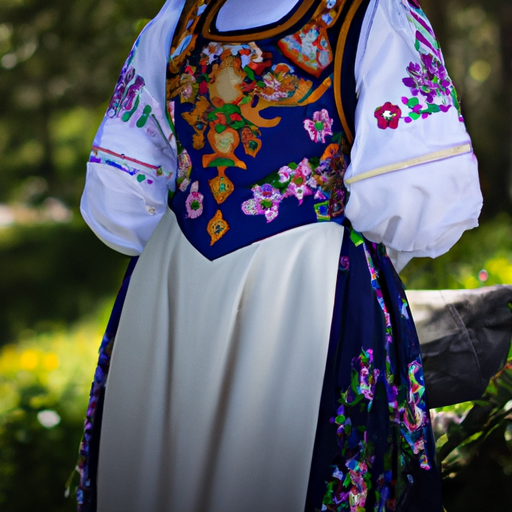When you think of Norwegian culture, beautiful landscapes, Vikings, and fjords might come to mind. But did you know that there’s a unique word in the Norwegian vocabulary that signifies the joy of being outdoors? That word is “utepils.” In this article, we will decode the meaning behind utepils and explore its joyful significance in Norwegian culture.
Utepils: A Unique Word in the Norwegian Vocabulary
Utepils is a compound word in Norwegian, consisting of two words: “ute,” meaning outside or outdoors, and “pils,” which refers to a type of Norwegian beer. Utepils roughly translates to “the joy of drinking beer outdoors.” While the word might seem simple, it has a deeper meaning that speaks to the Norwegian love for nature and outdoor activities.
- The word utepils is unique to the Norwegian language and has no direct translation in English.
- It is a concept that is deeply ingrained in Norwegian culture and is celebrated in various ways.
- Utepils can be enjoyed year-round, whether in the warm summer months or in the colder winter season.
Unpacking the True Meaning of Utepils
Utepils is more than just drinking beer outside. It’s a celebration of the changing seasons and the beauty of nature. Norwegians love spending time outdoors, whether it’s hiking, skiing, or simply enjoying a cup of coffee at a café with a beautiful view. Utepils encompasses this love for the outdoors and the joy of being in nature.
- The act of having an utepils is often seen as a way to bring people together, whether it’s with friends or colleagues.
- It’s a way of enjoying a moment of relaxation and camaraderie in the midst of nature.
- For many Norwegians, having an utepils is a way to recharge and find peace in the midst of a hectic life.

The Joyful Tradition of Utepils in Norwegian Culture
Utepils is a joyful tradition in Norwegian culture that dates back many years. It’s a way for Norwegians to celebrate their love for nature and the changing seasons. In the summertime, it’s common to see people sitting outside cafes and bars, enjoying a cold beer in the sunshine. In the wintertime, Norwegians celebrate utepils by enjoying a beer after a day of skiing or hiking.
- Utepils can be enjoyed in many different settings, from a cozy cabin in the woods to a bustling city square.
- For many Norwegians, it’s a way to connect with their heritage and celebrate their love for the outdoors.
- Utepils is also a way to embrace the moment and appreciate the beauty of the present.
Experience the Magic of Utepils: Exploring its Significance
If you want to experience the magic of utepils, there are many ways to do so. You can start by finding a beautiful spot outdoors, whether it’s a park, a mountain trail, or a beach. Bring along some cold beers and enjoy the moment with friends or loved ones.
- Utepils is a way to slow down and appreciate the beauty of nature.
- It’s also a way to connect with others and celebrate the joy of being in good company.
- Whether you’re in Norway or somewhere else in the world, utepils can be enjoyed and celebrated in many different ways.
Embracing Utepils: Discovering the Delightful Norwegian Concept
Utepils is more than just a word in the Norwegian vocabulary. It’s a meaningful concept that embodies the love of nature and community. By embracing utepils, we can learn to appreciate the beauty of the present moment and find joy in the simple things in life.
- Whether you’re in Norway or somewhere else in the world, you can embrace utepils and celebrate the joy of being outdoors.
- It’s a way to connect with others, whether it’s with friends, family, or colleagues.
- Utepils is a delightful Norwegian concept that can help us find peace, joy, and appreciation for the world around us.
Conclusion
Utepils is a beautiful Norwegian concept that embodies the joy of being outdoors and enjoying good company. With its deep roots in Norwegian culture, utepils reminds us of the importance of connecting with nature and finding happiness in the present moment. Whether you’re in Norway or somewhere else in the world, embracing utepils can bring a little bit of Norwegian magic into your life. So take some time to appreciate the beauty of the outdoors, grab a cold beer, and enjoy the company of your loved ones. Skål!













